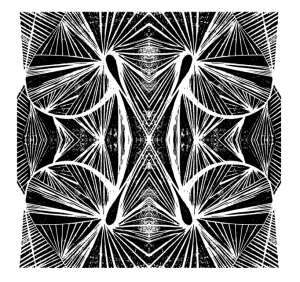Our paper on the “Associations between Morbidities in Small But Important Subgroups: A Novel Bayesian Approach for Robust Multimorbidity Analysis with Small Sample Sizes” is out.
Abstract:
Background: Robustly examining associations between long-term conditions may be important in identifying opportunities for intervention in multimorbidity but is challenging when data is limited. We have developed a Bayesian inference framework that is robust to sparse data and have used it to quantify morbidity associations in the oldest old, a population with limited available data.
Methods: We conducted a retrospective cross-sectional cohort study of a representative dataset of primary care patients in Scotland. We included 40 long-term conditions and studied their associations in 12,009 individuals aged 90 and older, stratified by sex, to study the effect of small sample sizes in the estimation of associations between long-term conditions. We analysed associations obtained with Relative Risk (RR), a standard measure in the literature, and compared them with a new measure of associations, Associations Beyond Chance (ABC), that utilises a Bayesian framework. To enable a broad exploration of interactions between long-term conditions, we built networks of association and assessed differences in their analysis when associations are estimated by RR or ABC.
Findings: Our Bayesian framework was appropriately more cautious in attributing association when evidence is small, as it dismissed six of the top ten associations reported by RR, most of which relate to uncommon conditions. This caution in reporting association was also present in reporting differences in associations between sex, for which ABC only reported as significant about one-fifth of those reported by RR. Last, the presence of potentially inaccurate associations by RR also affected the aggregated measures of multimorbidity and network representations.
Interpretation: Incorporating uncertainty into multimorbidity research is crucial to avoid misleading findings when data is limited, a problem that particularly affects small but important subgroups. Our proposed framework improves the reliability of estimations of associations and, more in general, of research into disease mechanisms and multimorbidity.
More information at SSRN: https://ssrn.com/abstract=4515875 or http://dx.doi.org/10.2139/ssrn.4515875.
